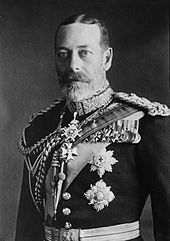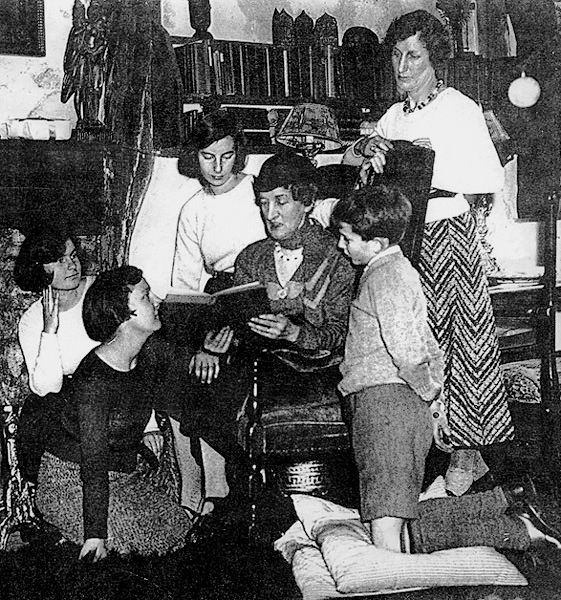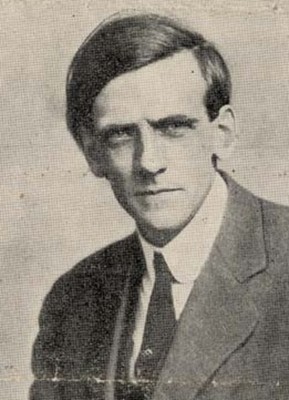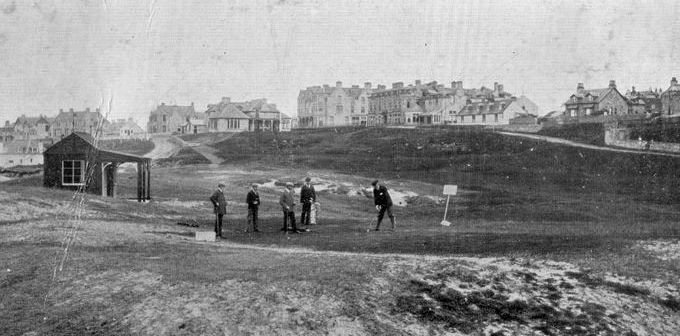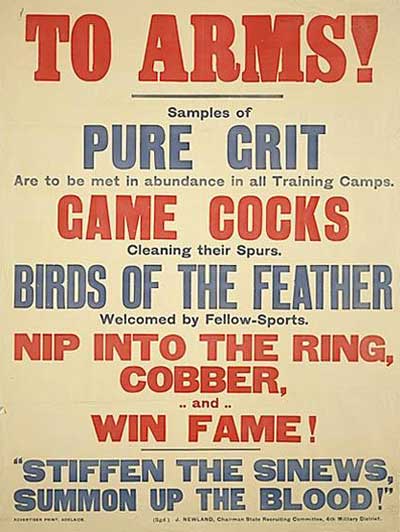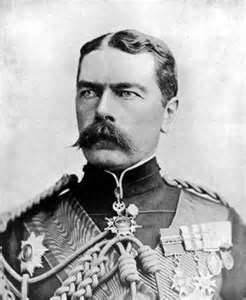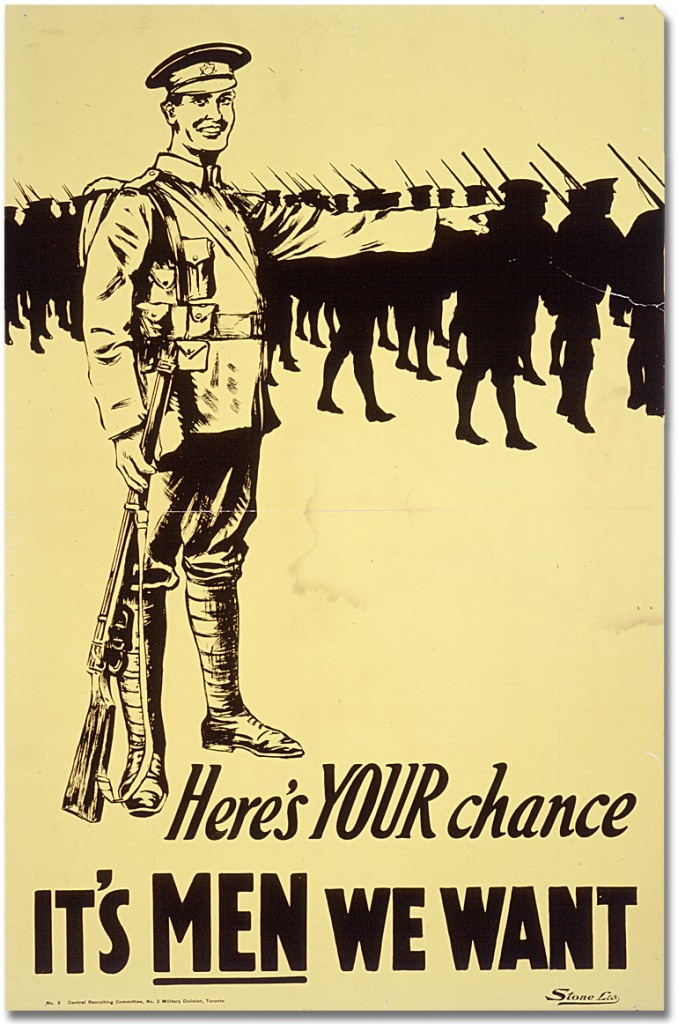by Pete Goddard and Atul Hatwal
On December 9th 1923, the day after the general election, it became clear that civilisation was teetering on the brink of destruction.
Well, that’s what the British establishment seemed to think as the prospect of a Labour government was suddenly a real possibility.
Although the Tories were the largest party with 258 seats, crucially they did not command a majority in the House of Commons and the third place Liberals did not seem willing to sustain them in office.
In the wings, there was Labour, the understudy government breathlessly wondering if tonight was to be their night to take the lead role.
But despite the parliamentary arithmetic, Labour’s turn in the limelight seemed far from certain.
The critics at the Times weren’t happy. The Thunderer called for a coalition between the Liberals and Conservatives in the national interest. The national interest being anyone but Labour.
Some in the Lords favoured a more innovative approach. The large Labour vote obviously meant democracy was broken, so the logical next step was to create a government of “national trustees”.
This would involve simply jettisoning the whole bothersome democratic process and appointing a government of officials certified as independent, fair-minded and not-Labour.
They even had a man in mind to run it all – Reginald McKenna. Home secretary under Asquith until 1916, McKenna was definitely a decent and trust-worthy chap, as evidenced by his two career choices so far: politician and banker.

Reginald McKenna exuded Englishness with his stiff upper everything
Others were more resigned to the impending cataclysm. Over at the English Review, apparently edited by a proto-Melanie Phillips, their view on a possible Labour government was that “the sun of England seems menaced by final eclipse,” which would at least explain the weather that year.
Winston Churchill chipped in too. At this point a defeated Liberal, he declared in his usual understated manner that a Labour government would be “a national misfortune such as has usually befallen a great state only on the morrow of defeat in war.”
(more…)






